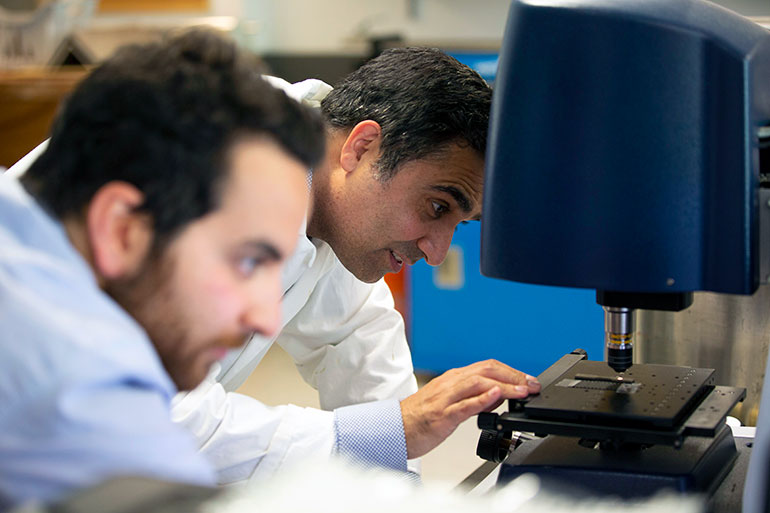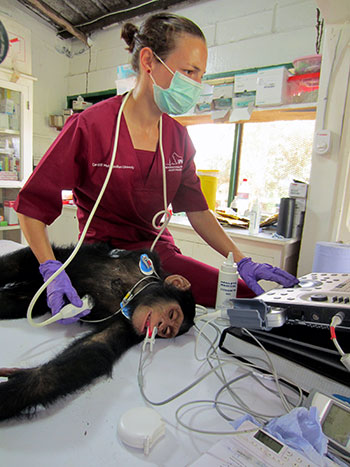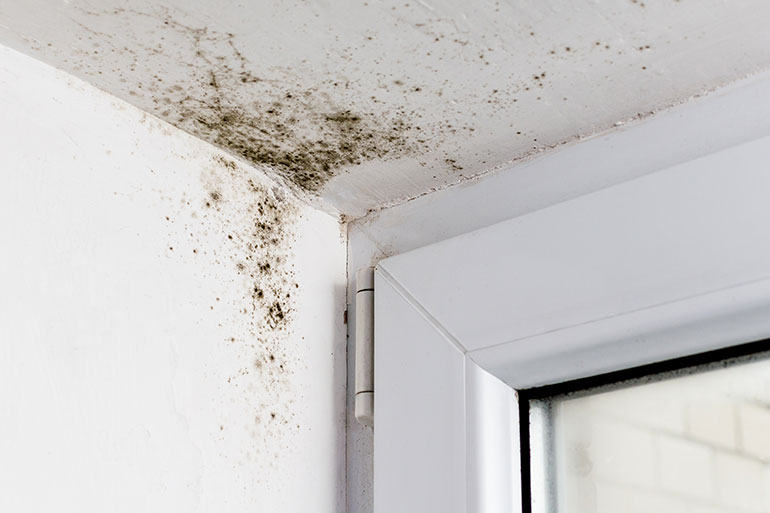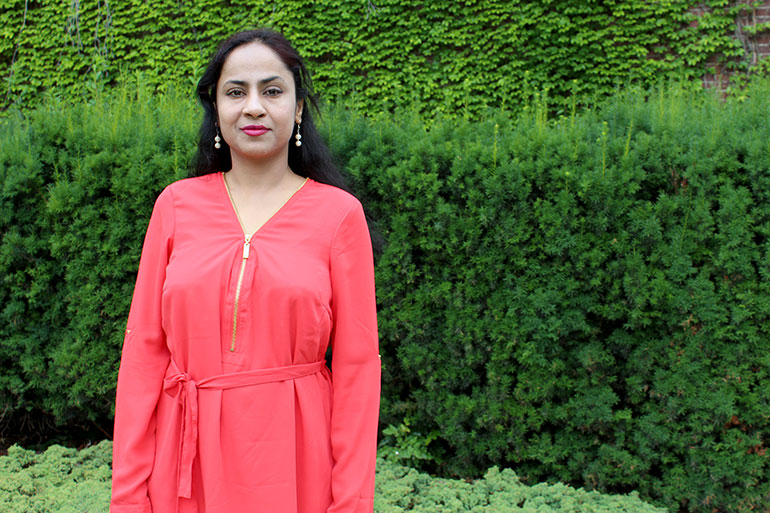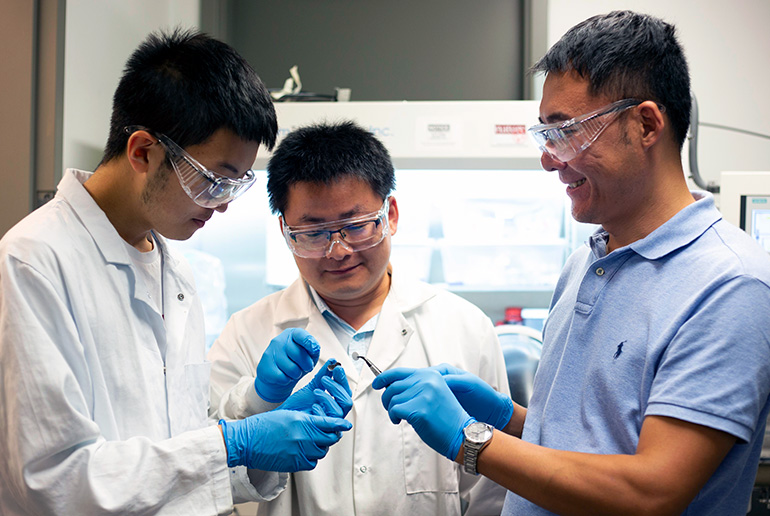Collaboration brings cancer research to the community
What: Future of Health Forum on cancer care
Who: More than 150 delegates and 30 renowned speakers
When: Friday, October 18, from 8 a.m. to 6 p.m.
Where: The Innovation Centre, 460 Doyle Ave., Kelowna, BC
Cost: $50 registration fee
With cancer remaining the leading cause of death in BC, the first-ever Future of Health Forum will focus on research, innovation and strides to improve outcomes for all cancer patients.
UBC Okanagan, Accelerate Okanagan, BC Cancer and Interior Health have joined forces to host an annual forum called Future of Health—an event designed to foster connection and provide an opportunity to exchange ideas around health research and innovation.
For this inaugural year, the Future of Health focuses on cancer and follows the patient journey from preventing and detecting the disease through to diagnosis and treatment and finding ways to support survivors and a patient’s quality of life.
“Our hope is that we have created an environment where clinical and academic colleagues can share their perspectives on the complex problems facing the health-care system today,” says Dr. Ross Halperin, regional medical director for BC Cancer—Kelowna. “Our strategy is to attract and engage the regional innovation community to assist in developing innovative solutions.”
Taking place at the Innovation Centre in downtown Kelowna, leaders in cancer care and research will discuss the current state of cancer care in BC and the innovative research that is shaping the future of health in this province.
“We have attracted top talent from across the country to take the stage at this event,” explains Anne-Marie Visockas, vice-president research and planning with Interior Health. “I think this speaks volumes about the collaborative nature of Canadian health care and our community's reputation for innovation.”
Dr. Connie Eaves, an international leader in stem cell research will deliver the keynote address. Eaves is the winner of the prestigious 2019 Canada Gairdner Wightman Award for her pioneering discoveries and advocacy for early-career researchers and women in science.
“Dr. Eaves is an extraordinarily creative and accomplished biomedical scientist at the forefront of cancer research. Her work establishing the role of cancer stem cells in breast cancer and leukemia have led to paradigm-shifting insights,” says Phil Barker, vice-principal and associate vice-president, research and innovation at UBC. “She is dedicated to training the next generation of researchers to help find cures for cancer and her research is a superb demonstration of the value of collaborating across disciplines.”
The closing reception will include a screening of The Nature of Things documentary, Cracking Cancer. This short film recounts the journey of seven cancer patients at BC Cancer as they take part in the Personalized Onco-Genomics (POG) program—a cutting-edge clinical research initiative that is changing the way oncologists view cancer treatment.
“The strength of our region lies in our ability to collaborate and innovate. This event is another example of these skills at work,” says Brea Lake, acting CEO at Accelerate Okanagan. “Our hope is that this documentary will give hope to those living with cancer and inspire our innovative and entrepreneurial community to join in building the future of health and cancer care right here in BC.”
The Future of Health Forum takes place October 18 and is open to all, including researchers, clinicians, students, innovators, entrepreneurs and the public.
For event information and registration details, visit: futureofhealth.ca
About UBC's Okanagan campus
UBC’s Okanagan campus is an innovative hub for research and learning in the heart of British Columbia’s stunning Okanagan Valley. Ranked among the top 20 public universities in the world, UBC is home to bold thinking and discoveries that make a difference. Established in 2005, the Okanagan campus combines a globally recognized UBC education with a tight-knit and entrepreneurial community that welcomes students and faculty from around the world.
To find out more, visit: ok.ubc.ca

